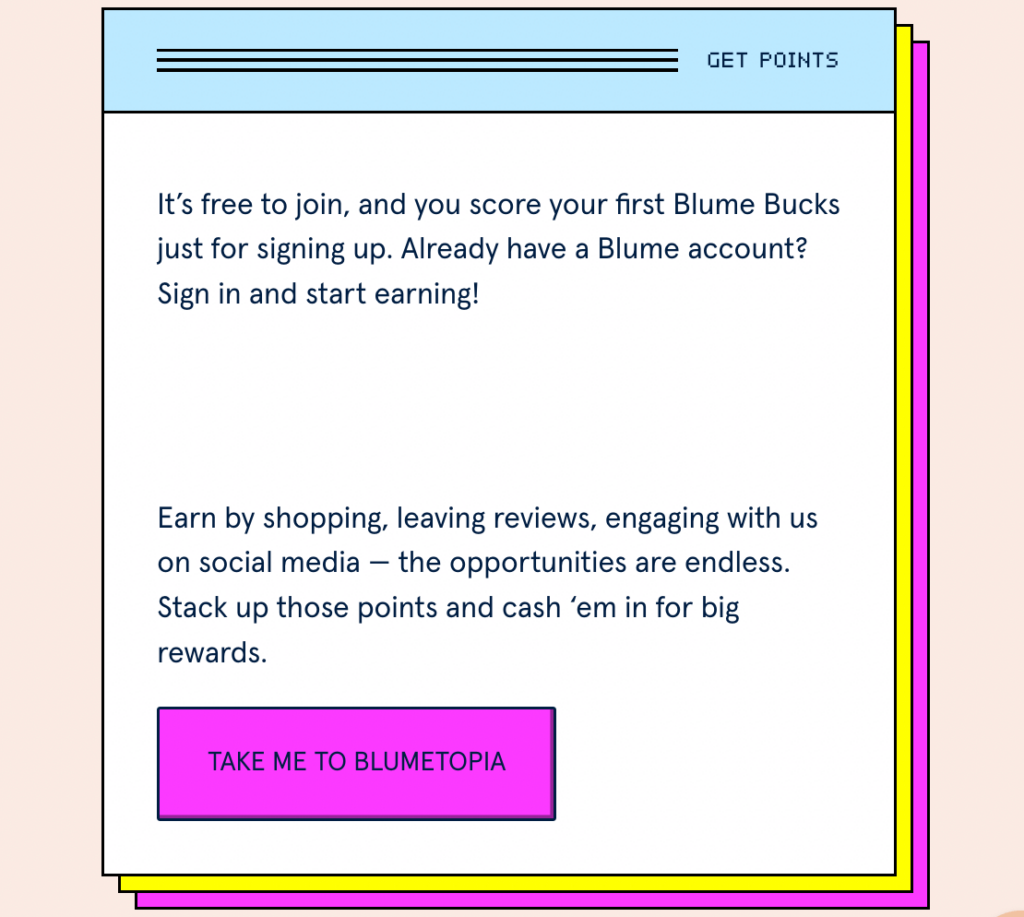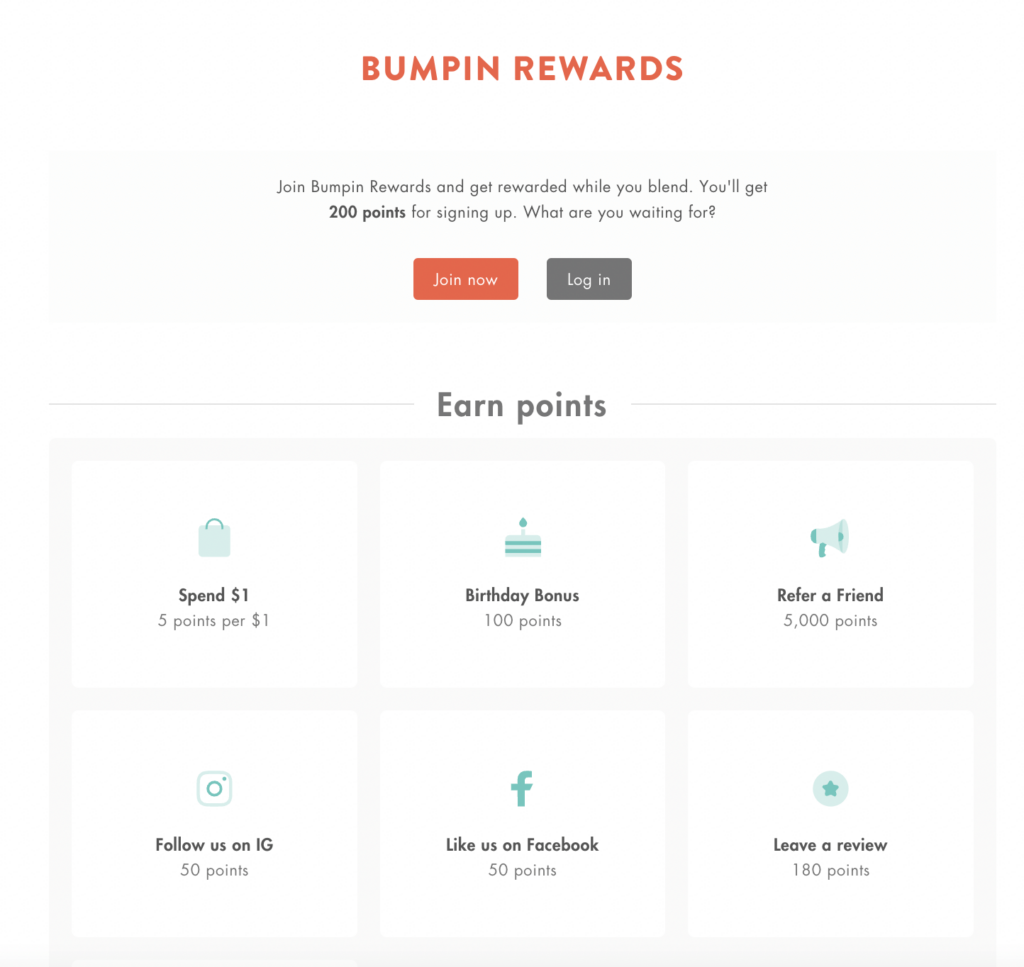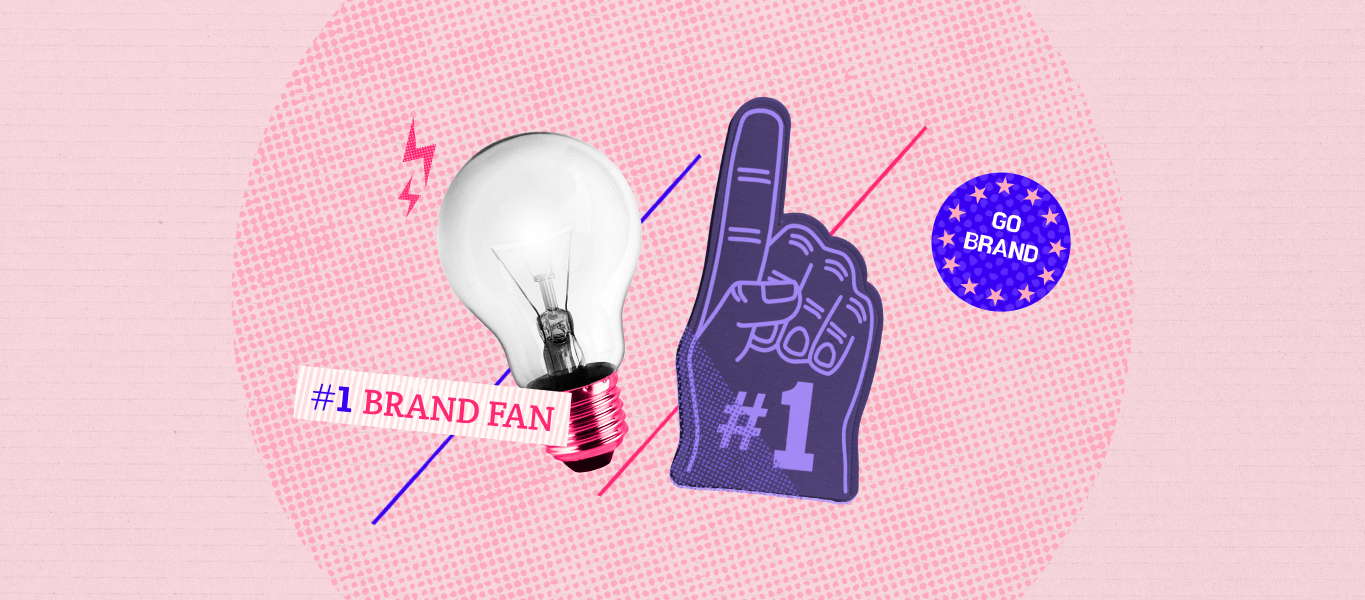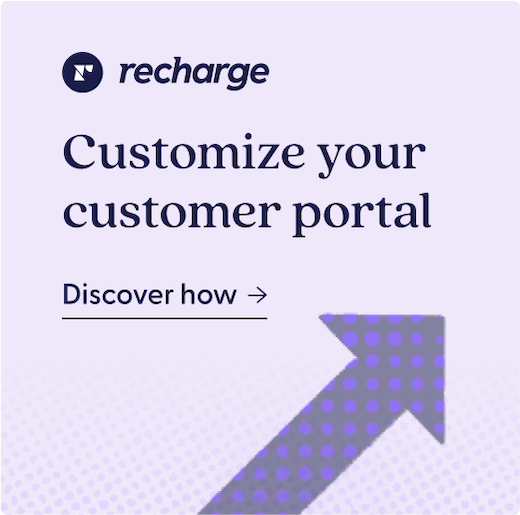While “customer loyalty” is frequently used as a buzzword in today’s marketing conversations, the concept itself is a profound one. By securing a customer’s trust in key ways, you earn their repeat business—a place in their daily life.
The reason that the term “loyalty” is tossed around so much makes sense. After all, when brands earn that coveted status as a trusted presence for their customers, it can have a massively positive impact on the health of the business. This can mean not only increasing customer satisfaction but also boosting average order value, customer lifetime value, retention, and recurring revenue.
Free loyalty programs, in which brands reward customers for certain shopping behaviors, are an integral element of loyalty marketing. However, to stand apart from competitors and further customer relationships, these programs need to feel authentic, valuable, and tailored to shoppers’ needs.
In this post, we’ll cover three marketing strategies that ecommerce brands can keep in mind when building out their customer loyalty program. We’ll also go over examples of what this could look like for your own loyalty program.
Key takeaways
- Loyal customers who make repeat purchases with your business are one of your most valuable customer segments.
- Building customer loyalty is key for boosting retention, increasing LTV, and improving satisfaction.
- Reward customer loyalty in strategic ways to motivate customers to purchase again and stick with your business.
- When building out a free loyalty program, consider strategies like offering personalized rewards, encouraging referrals, and fostering engagement.
What is a loyalty program?
As opposed to paid membership programs, loyalty programs (also referred to as rewards programs) are free to join. Think of a punch card at your local coffee shop, or a credit card that allows you to earn points toward cashback with every dollar you spend.
Typically, customers earn points for certain shopping behaviors, like spending a certain amount, making a set number of purchases, or signing up for a subscription. They can then spend these points on future purchases.
Beyond loyalty points, these programs can also offer customers other unique benefits when they spend money with the business. These perks can include free shipping, discount codes, complimentary gifts, and more.
By rewarding existing customers for making repeat purchases, these programs build customer loyalty. This type of exceptional customer service allows the brand to better retain customers, boost the customer experience, and increase revenue.
Meanwhile, because these programs are free to join, they allow merchants to access deeper insights about a vast array of their customers. These insights can then be used to inform the businesses approaches to everything from marketing to product development.
3 ideas to kickstart your ecommerce loyalty program

While countless brands offer loyalty programs, only a few may stick out in a customer’s mind enough to become a regular part of their shopping routine. Therefore, a successful loyalty program hinges on its ability to provide unique value to customers.
Now, let’s dive into three key ways you can provide that value and encourage customers to return to your business.
1. Offer personalized rewards
According to a report by Accenture, 91% of consumers are more likely to shop with brands who recognize and remember them, and provide them relevant offers and recommendations. This type of personalization can be especially useful in a loyalty program, as it demonstrates that you truly understand and appreciate the customers that return to your business.
While loyalty points are a popular way to incentivize customers to take advantage of a loyalty program, this isn’t the only type of benefit you can offer. And when your program rewards customers in the ways they most want to be rewarded, you’re more likely to retain them.
Ideas for personalized rewards could include:
- Custom discounts to celebrate a milestone (such as a birthday)
- A certain number of loyalty points awarded on a customer’s one-year anniversary with your brand
- A free gift after a certain number of purchases, tailored to the customer’s previous order history
Tailoring your rewards to your unique shoppers can go a long way in boosting customer loyalty. It can help illustrate that there’s a human behind the brand who appreciates them and is investing in delivering valuable experiences—making you more likely to retain customers.
2. Incentivize referrals

Loyalty programs don’t just have to encourage repeat purchases. They can reward all sorts of valuable customer actions—and few things are more valuable than a referral from a current customer.
When shoppers haven’t tried your products or services yet and need an extra boost of confidence before making a decision, a recommendation from a friend can help give them the nudge they need. According to Hubspot, 90% of people believe brand recommendations from friends.
To use your loyalty program to encourage word-of-mouth referrals, you can list referrals as one of the benefits that can earn your customers rewards and other points, as Bumpin Blends does in the example above.
You can also do this independently of a loyalty program or as a complementary effort. For example, you could offer:
- 1 free month of a subscription when a customer refers a friend to subscribe
- A unique referral code for each customer that they can send to their friends and family to receive a discount on their first purchase
- A certain amount of store credit for every person they refer
Not only does this help you gain new customers and boost loyalty of existing customers—it also helps you identify your most valuable customers and best brand advocates. These individuals, the ones who are most likely to refer others to your store, are worth a great deal to your brand, making them ideal sources of feedback that you can use to hone your business strategies.
3. Encourage engagement
Time is precious, and taking time to engage with your brand can be a sign that customers are invested in you. The very act of participating with your loyalty program is engagement in and of itself—so be sure to make the most of it with clear messaging. Explain how the program works on a separate landing page, and display points earned in the customer portal or on the checkout page. This way, your customers know exactly how they can earn future rewards and may be more likely to continue their participation.
Actions like engaging with you on social media, via surveys and feedback forms, on a community form, and in person are other signs of engagement. Hearing directly from your customers is invaluable for your business—make sure they feel heard and appreciated when they reach out, and put their communication to good use by tracking feedback over time.
Within your loyalty program, you can offer customers points in exchange for certain engagement actions, like following your brand on social media or writing a review.
Beyond the program, you can also cultivate loyalty through engagement in key ways, such as:
- Interacting with your customers in any online community forums you manage
- Reposting or responding to customer comments directly on social media
- Offering spaces for in-person engagement and connection, such as special events
Build valuable, unique customer loyalty programs
Your repeat customers are the MVPs of your brand. And, when created effectively, a rewards program has the power to grow your base of repeat customers, boost your brand awareness, and scale your business.
Depending on your unique business and customer base, your program could employ a variety of different strategies, including customizing rewards, encouraging referrals, and building customer engagement. By tailoring your strategies in this way, you can create personal relationships with your shoppers that boost brand loyalty and provide deep insights to grow your business.



